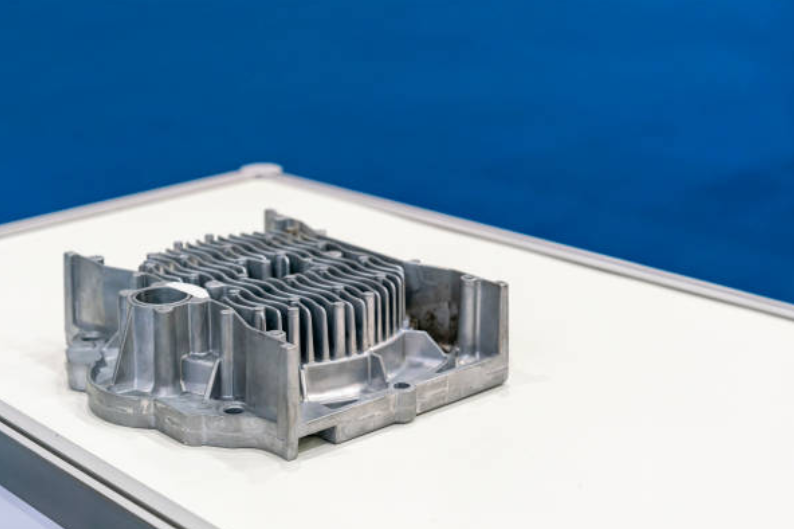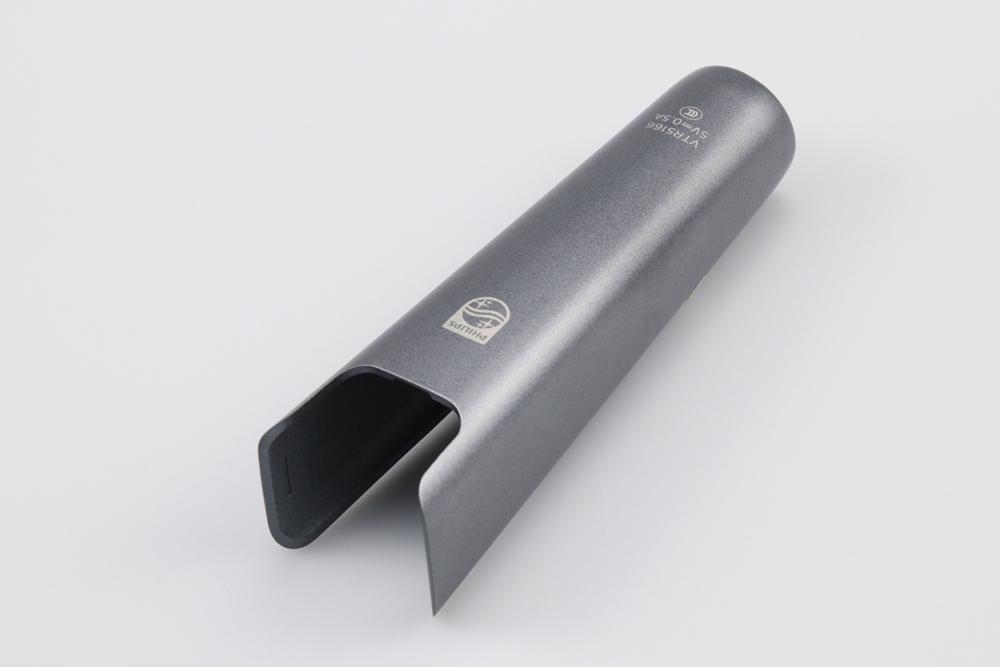How to select corrosion-resistant materials for biochemical reagent exposure?
From an engineering standpoint, selecting corrosion-resistant materials for components exposed to biochemical reagents starts with a clear definition of the chemical environment: pH range, oxidizing strength, temperature, sterilization method, and exposure duration. For aluminum-based solutions, we typically combine optimized alloy selection with robust surface treatment strategies, and when the medium is too aggressive, we switch to stainless steel or nickel-based alloys produced via precision casting or investment casting. This system-level approach ensures that microfluidic manifolds, housings, and diagnostic device frames maintain dimensional stability and cleanliness over their full service life.
Understanding Chemical Environment and Application
For diagnostic or life science equipment in medical device applications, we first classify reagents into categories such as buffered saline, organic solvents, acids/alkalis, and oxidizing disinfectants. Mild aqueous media are compatible with properly treated aluminum die castings produced via aluminum die casting. However, high-chloride or strongly oxidizing environments may require upgraded alloys or a shift to cast stainless steel or nickel-based alloy to guarantee long-term corrosion resistance and minimal ion leaching.
Alloy Selection for Die Cast Components
Among die casting alloys, options like A380, A356, and ADC12 offer good fluidity and mechanical strength for thin-walled manifolds and housings. For parts that must later be anodized, we often evaluate anodizing-friendly cast aluminum chemistries to obtain a more uniform and defect-free oxide layer. In highly aggressive reagent environments or where metallic ion contamination is critical, switching key wetted components to cast titanium or copper alloy (for specific electrochemical needs) may be considered on a case-by-case basis.
Role of Surface Treatment and Barrier Coatings
Surface treatment is often the decisive factor in corrosion performance. For aluminum manifolds, anodizing provides a dense oxide layer that improves resistance to neutral and mildly alkaline media while reducing metal ion release. Where a more chemically inert surface is required, Teflon coating offers a low-surface-energy barrier that resists many solvents and simplifies cleaning. For stainless and nickel alloys, processes such as passivation and electropolishing remove free iron and surface inclusions, improving pitting resistance in chloride-rich or sterilization-intensive environments.
In some architectures, we also combine metal structures with engineered plastics via overmolding or insert molding, using chemically resistant polymers such as PEEK or polycarbonate to create wetted interfaces, seals, or transparent windows while the metal provides mechanical strength and thermal management.
Design and Validation Guidelines
From a design perspective, corrosion resistance is enhanced by avoiding stagnant zones, minimizing crevices, and maintaining smooth surface transitions in microfluidic channels. After material and coating selection, we typically run accelerated corrosion tests and cleaning/sterilization cycles that replicate actual usage. Early prototypes produced via 3D printing prototyping and prototyping help validate geometries and sealing strategies before committing to production tooling.



